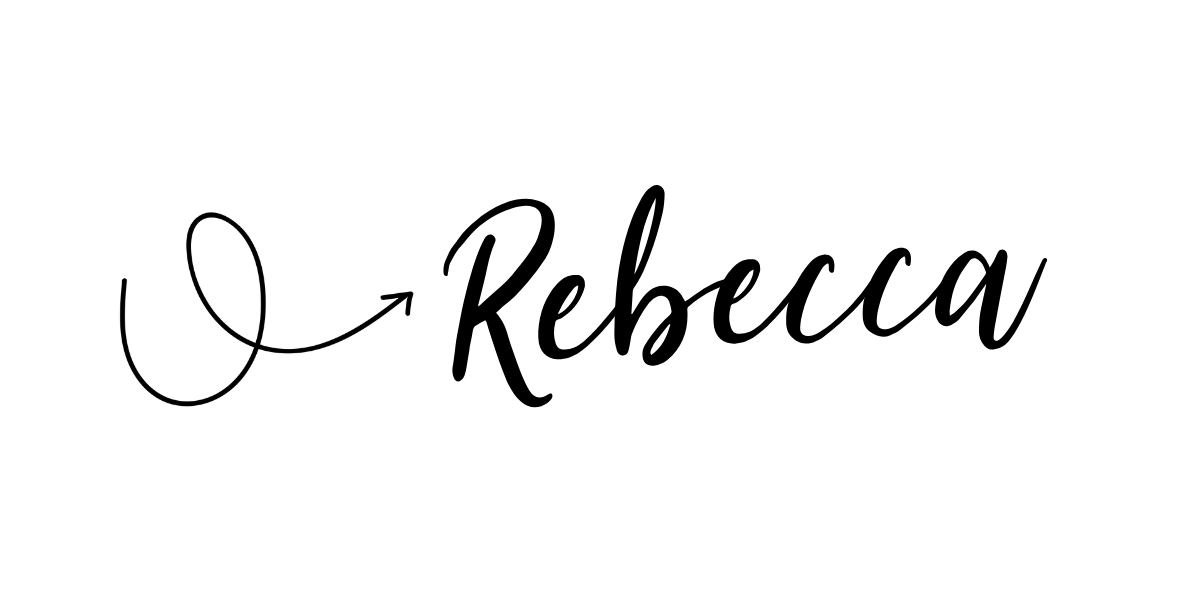What is a kinesthetic learner? How do you know if you have one? And for heavens sake, how do you TEACH one!?!???!?! I’m going to walk you through everything you need to know about homeschooling a kinesthetic learner.

What IS a kinesthetic learner?
Wikipedia defines a kinesthetic learner as follows:
According to the theory of learning styles, students who have a predominantly kinesthetic style are thought to be discovery learners: they have realization through doing, rather than thinking before initiating action. They may struggle to learn by reading or listening.
Think hands on, doers, action, touching everything, physical (roughhousing, cuddly, physical love language), etc.
How do I know if my child is a kinesthetic learner?
First, stop what you’re doing and head over to take the Learning Style Quiz. I designed this quiz to approach learning both in AND out of the classroom. It’s only 10 questions and you can do it for yourself, for all your children, etc. and see whether you have a kinesthetic learner or not.
Once you have taken the test, you can confirm your findings by asking yourself a few questions about your child. Ask yourself if your child meets the definition or characteristics of a kinesthetic learner above.
If so, CONGRATULATIONS! You have a kinesthetic learner on your hands!
Top 10 Resources for Teaching a Kinesthetic Learner
So now that you know you have a kinesthetic learner, how do you teach them??? As the proud parent of a left handed, right brained, kinesthetic, out of the box kinda gal… I have come up with my top, MUST HAVE resources to surviving the exuberance of my little hands on tactile learner.
1. A Reason for Science Complete Homeschool Kit.
For the majority of kinesthetic learners, bookwork is highly frustrating for them (and you). If your child is predomenantly kinesthetic and you are using workbooks, you may need to reassess your approach. Your learner is out of the box and you’re going to have to be too! Instead of doing a science curriculum with reading and writing, find experiments, go on a nature walk, head to the zoo or science center, get OUT and moving. Check out the A Reason for Science Curriculum from Christianbook.com! It is one of my favs for kinesthetic learners, still incorporating some bookwork, but it comes with an entire kit with everything you need for hands on activities for each lesson!
2. Handwriting Without Tears.
If you haven’t heard of Handwriting Without Tears the time has come to check them out. For very early elementary, this program SAVED me with Selah. Instead of just copywork that bored her to literal tears, she was building letters with playdough, creating them out of wooden sticks, writing them on a chalkboard and more! Handwriting Without Tears made writing fun for her and taught her proper technique at the same time. I have a lot of love for this inexpensive, affordable product!
This program is one of the most comprehensive I have come across. It is detailed, thorough, in depth and covers ALL your basics for teaching reading and spelling skills, but it is built for tactile learners! Is that possible????? YES!

Math U See is a hands on math program that is PERFECT for kinesthetic learners. The program uses video lessons, bookwork, and block manipulatives. This program has been highly effective for my daughter who has to TOUCH it, move it, feel it for it to make sense. Working with blocks which are all different colors for added sensory stimulation, allows her to build the problem rather than just hear or see it. It is well worth the money to invest in the blocks, and then you have it for life. Read my full review here.
5. Snap Circuits.
Oh my goodness, we JUST bought this set this year and I had no idea what we were missing out on! Snap circuits are fantastic! They are a great hands on way to learn about electrical circuits, but something about snapping those pieces together just “clicks” for tactile learners (pun intended). My kids ALL love this set and it is well worth the money!
Okay, you may think me nuts… but let me tell you about the ball chair. There are going to be many times in your child’s life where there is just no way around sitting and listening. Instead of feeling like they are going to lose their mind, try something like this. The ball chair allows them to bounce and move while they sit and often, they are able to concentrate on a lesson even when presented in a different form than their prominent learning style!
*These are expensive, so check out this awesome alternative my sister suggested… Buy some workout bands and tie them tightly around two legs of a chair right at the height of your child’s feet. They can bounce their feet while they sit!*
What is a fidget??? A fidget is a little handheld thing your child can play with while they are working on the more monotonous aspects of education such as bookwork or reading. It just keeps their hands moving and since implementing them I am noticing a shocking improvement in ALL my kids’ concentration. Honestly, no matter what your childs’ learning style, I highly recommend purchasing some fidgets. They are inexpensive and fun for kids and really help reduce frustration!
Sand trays are AMAZING if your child is in early elementary. They can be used for so many things and I found this beautiful Montessori tray on Amazon for only $42. We have done rice in a tray as well, beads even. But I find that sand works the best and I love how this one has the little “eraser bar”.
Lego is a homeschool moms best friend! The uses for it are ENDLESS! You can use it as math manipulatives, science, socials, art, and more! It is a staple in our school room and hours a day are spent building and creating with Lego.
10. Hands On Learning Resources.
My favorite place to go for hands on fun is Learning Resources. Activities such as this Hundreds Activity Mat to help with math. Or this fantastic Gears building set.
The key is to find what works for your child’s age and interests and just run with it!
Have FUN with your Kinesthetic Learner!
In the end, yes, a kinesthetic learner can be more work, especially if that is not your learning style at all. Traditional school often doesn’t relate to them and it can be VERY frustrating when you are teaching the basic fundamentals such as reading and writing.
I encourage you to get creative, think outside the box, get those hands on resources that make learning fun and just go with it! Experiment with some of these strategies and let me know what works for you! As a homeschool mom to my own kinesthetic learner, I am always on the prowl for more ideas to add to my arsenal.

